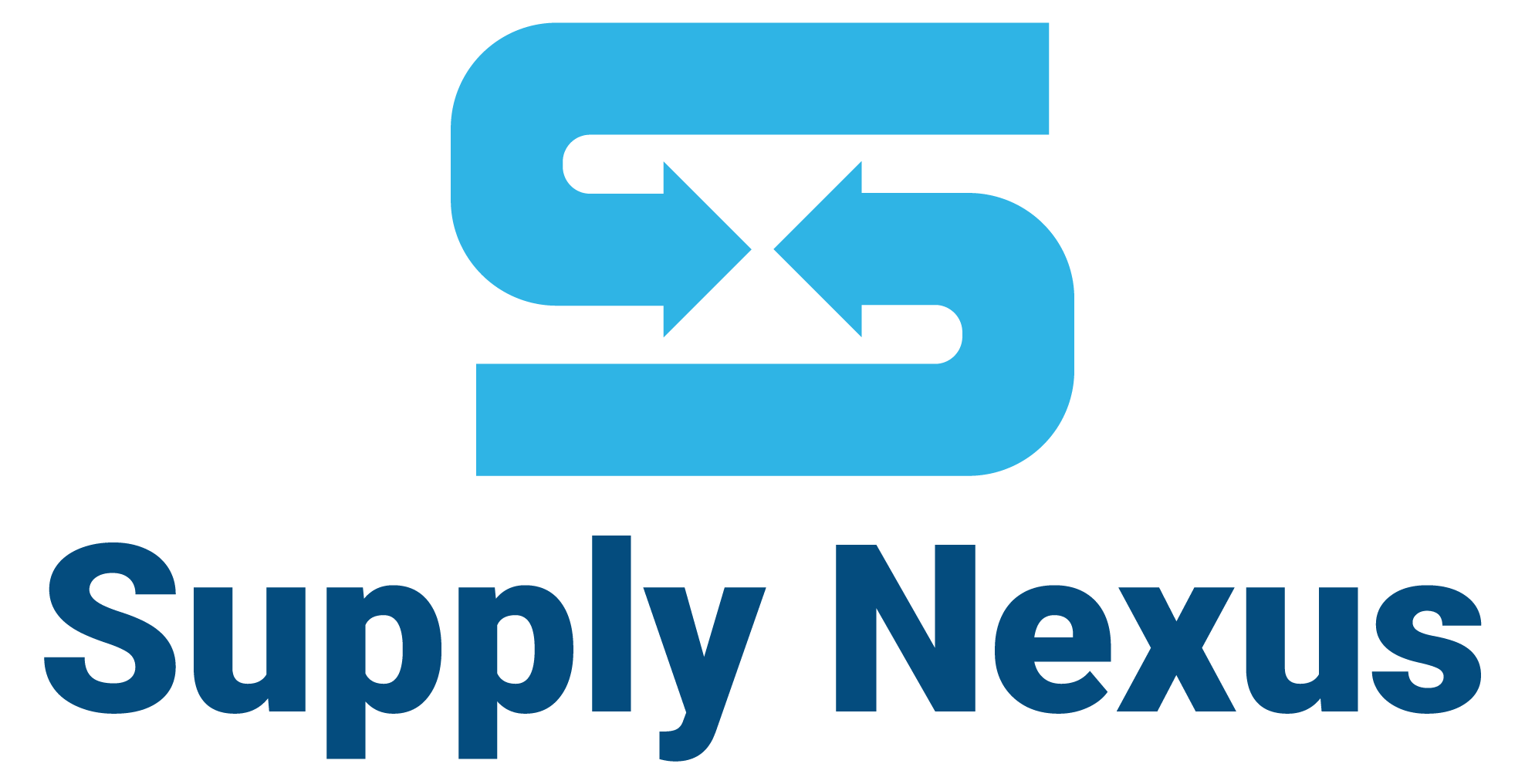RAPID Diagnostic
Methodology
Review and Analysis of Integral Processes in Distribution

Objectives
Identify "pain points" and establish focus areas for the program.

As-Is
Analyze the Supply Chain through visits, workshops, and quantitative analysis to review all aspects of the operation.

To-Be
Propose, Discuss, Define, Segment and Group improvement proposals.

Roadmap
Build a roadmap for the transformation, including a Business Case for the changes.
How can RAPID help me?
RAPID Diagnostic's methodology allows you to define a series of improvements for your operations following an accelerated and intensive analysis of your operations. The proposed solutions are derived from our in-depth experience in the application of Best Practices and technology in distribution operations.
Supply Nexus focuses on achieving tangible business results and supports its recommendations with a "Top-Down" economic analysis based on benchmarks and, to the extent possible, "Bottom-Up" based on a detailed and quantitative analysis of the data.
Supply Nexus focuses on achieving tangible business results and supports its recommendations with a "Top-Down" economic analysis based on benchmarks and, to the extent possible, "Bottom-Up" based on a detailed and quantitative analysis of the data.


What happens after RAPID?
Upon completion of the RAPID Diagnostic Project, your company will have defined:
- Diagnosis of the current situation of the supply chain, from planning to the customer.
- Evaluation of the supply chain resilience to scenario and paradigm changes.
- Identification of priorities for action.
- Roadmap with different implementation streams.
Any questions?
5 Key Advantages of RAPID Diagnostic
1
OBJECTIVE ANALYSIS
To identify the role of the Supply Chain in the growth opportunities and the challenges that hold the company back.
2
IMPLICATION
From management and those responsible for Supply Chain and Operations.
3
DEVELOPMENT
A common point of view on the Supply Chain situation shared by the whole team.
4
ENABLE
Leaders to prioritize and address current opportunities and challenges.
5
SUPPORT
From Supply Nexus as an independent "provocative" and consultant.


